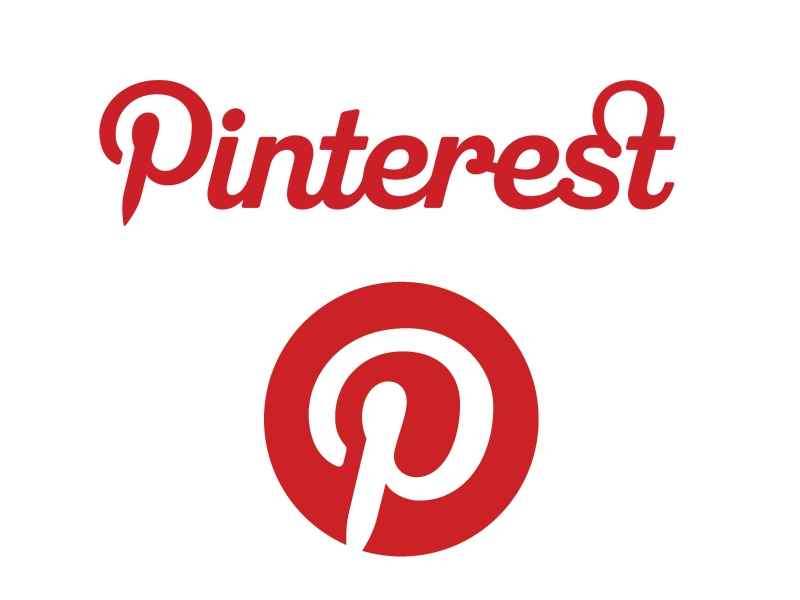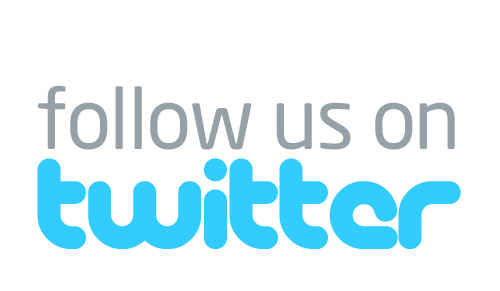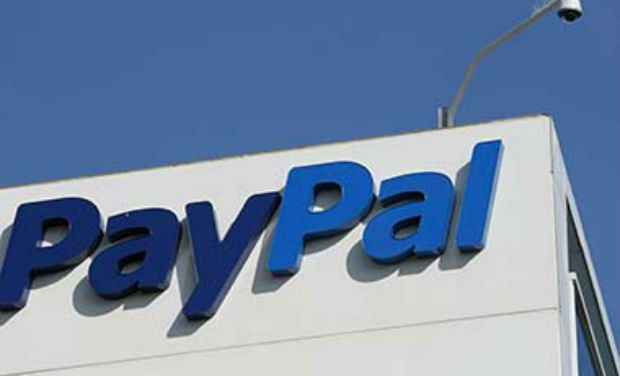7 companies that benefitted from a name change

We take a look at seven companies who decided to change their identities and saw varying amount so f success.
When you think about it, renaming is a simple enough thing to do, and even easier to comprehend. But calling something a completely new name from what it was before, affects human psychology exactly the way something entirely new would do in the condition.
It is said that the human body constantly regenerates itself, in that you have a new one in every seven years. So the question is, are you the same person, every time this happens? Well, of course you are – we have not met anybody who claims to be a different person every seven years. But that is because maybe physically changing something is not quite enough – you have to go the whole nine yards. Changing name, altering your personality, changing your face and things like that. But most importantly changing your name.As much as we want to side with Shakespeare in thinking “what’s in a name”, we have with an alarming regularity, seen the answer to that – “quite a bit”, it would seem.
Apparently, people are more willing to give a second shot to any name that they have not yet associated with an idea. This is why most start-ups change their names and start working on something significantly different from their original vision, and much like the effects of the legendary paint jobs in GTA, the people give a look and they go “meh”. But we were intrigued with the idea of the flag-bearers in this practice, and sure enough, we came across as winners, and a lot of them.
Let us start with one of the hottest success stories in recent time – Pinterest. How does the idea of carrying a mini clothing retail outlet in your pocket sound? We think it could work, but doesn’t make us sit up and take notice. But the fact of the matter remains, that Pinterest started out as Tote – a company that did exactly that. But it was not particularly good at what it did – selling things. Allegedly, the payment system was a mess, and thus the whole buying idea was difficult to push through. Which for an e-commerce setup was, well a bad day in the office – everyday until its existence. But there was something that the app managed to do pretty well- storing and sharing the buyers’ wishlists. And this was where Ben Silbermann saw the light – that people only just want to have a favourite bunch of things, and share it with another. ‘People’ here meaning mostly teenage girls, but hey, whatever floats the boat. And float the boat it did, and then some. Pinterest, a year after it started, had moved from selling clothes to giving people a beautiful collection display face, had grown 2000 percent, and had amassed a valuation of $1.5 billion.
GROUPON
Then there is a tale of one of the most interesting companies of recent times – Groupon. There was a time when coupons were uncool. but Andrew Mason did not like this, and built an empire on the idea. For the uninitiated, Groupon provides steep discount listings as coupons from small business owners. And amazingly, people love it. What is less amazing is that people did not like the iteration of the idea – ThePoint. It was like Kickstarter, except it didn’t work, and had no real plans to do so either. The site, launched in 2007, let you start campaigns, and ask people to pledge money to the idea as a group – it only worked after a “tripping point” number of people agreed to participate. By delaying action until enough people were behind the idea. The Point tapped into one of the earliest emotions known to man – laziness. Put simply, not enough people really got things done. The feelings of the founders would have been legendary when they came to know about the darned kickstarter.com – which is practically funding everything other than multi-billion dollar companies. Exactly why Andrew and his group did not follow a similar no-frills approach is beyond the level of intelligence that we can muster to think about it. But we’re sure there couldn’t have been too many regrets, because they later went on to create an entire industry sub-segment cool again, and inspire thousands to try to copy them and follow their dreams (and eventually fail).
FLICKR
If you were anywhere near the internet five years ago, you’ve heard of Flickr. It is an online photo sharing repository. But did you know that it started out as an MMPORPG? Wait, it gets weirder. Newly wed couple Catarina Fake and Stewart Butterfield were developing a game called ‘Game Neverending’. Described by the founders as part-whimsy and part-meta-reality, the game had a hard time collecting any sort of industry funding. The couple mortgaged their house and borrowed from friends and family to keep the idea afloat, but they couldn’t get this model to any reasonable scale. So, while slowly watching their dream drown in the sad realms of reality, they figured out something extraordinary – one of the best-liked parts of an online game, they thought, was wait for it, the chat-room. So they thought they would build a cool chat service , full of pictures and everything. But this is the classic chicken and egg problem – for people to get into a messenger service, their friends should already be there. So they thought they would start it off as a social network that was based around pictures – essentially an organisation structure for photographers, where they could tag and organize pictures, as well as share them. The idea exploded enough to turn an in-debt game into a $40 million company that was bought by Yahoo! in 2005. Little did the founders know that the idea wasn’t done exploding yet, and that it would go on to become a multi-billion dollar business in its own right, and that suffocating this service would be the downfall of Yahoo!.
No discussion of start-up pivots is complete if we do not get around to talking about Twitter. It was supposed to be a podcasting service, called Odeo, and eventually rule the world. But when Apple unleashed podcasting on to the world via iTunes, they did what any non-BS-pedding bunch of entrepreneurs would do in the situation – they thought it was the end, and decided to throw it all away. Well, that, and they began work on an instant messaging service that would actually limit the number of words that you can put into a message – thereby also confirming the hypothesis that deep down, the world just loves being told what to do. And then they started gathering spotlight as more and more people flocked to check out this ‘next great thing’. And they’re still flapping and flocking all around, if you pardon the pun, in twitter-land.A happily-ever-after story if there ever was one.
Instagram is a success story that continues to amaze and baffle people all over the world, all in their retro-filter glory. But the amazing thing is, it was not meant to be a gimmicky photo sharing app at all. It was supposed to be an all-serious location based social network called Burbn, and that was what it was. Which also let users upload pictures of the places that they had been to. So essentially Foursquare with better photos . But they realized that this wont get them anywhere when the growth numbers did not follow the big expectations. They decided to strip the product down to its best features – the photos. And so, Instagram was born. They got the lenses up and running, which would add some much needed gloss to an otherwise one-trick pony. And then they exploded – nine million users in the first ten months meant that it was only a matter time that they became a head-line.An eye-watering $1 billion exchanged hands as Facebook decided to take the plunge to acquire it.
PAYPAL
PayPal is one of those names who probably do not mean much to the average passive internet user. But because we have taken it upon ourselves to rid the world of average passive users, we tell you that PayPal is one of the largest payment handlers of online transactions. You would know if you’ve ever given as much as a passive glance to eBay. And that is not by some coincidence, eBay paid $1.5 billion for the service in 2002, but that was not before the company changed the name from Confinity, and stopped providing cryptographic solutions for money transfer over Palm ‘Pilots’. They switched over to adding a layer of mail based abstraction for exchange of money, a move that brought with itself widespread acclaim, acceptance and eventually $windfall$.
BLACKBERRY
A determined fight for survival has always been respected since the advent of time. True warriors have always valued the grit and appreciated the grit of the adversary puts up a brave front, puts up a tough fight. About half a decade ago, Research in Motion was a true behemoth, enjoying the attention of governments, enterprise and consumers alike. No one would’ve ever imagined in their wildest dreams that one day it would be fighting for its very existence. But fast forward to today and you’d realize how things have changed. Their co-founders moved out, it got rid of excess headcount, and quarter after quarter of the media and analysts writing them off, BlackBerry,as the company is now renamed, has turned a new page in its long illustrious history.
All is not will yet, since it also now seems to be the most lucrative acquisition target. Nevertheless, the brave fight for existence as well as example of innovation and creation it has set for the industry that is so busy accusing each other of patent violations is impressive. Yes, a company, whose signature product was based on Java, has been re-engineered and redesigned with the future of mobile computing in mind.
Research in Motion acquired QNX to gain access to a powerful and stable RTOS that enjoys dominance across automobile dashboards including Mercedes Benz and Porsche to over 200 million car dashboards across the globe.
What this gives access to is innovation in the way we consume technology, according to the senior leadership at BlackBerry, the renewed Research in Motion.
Going by the announcements at this year’s BlackBerry Live in Orlando, Florida, the confidence the team and developers have entrusted the new platform with is evident by the number of applications available at launch and their subsequent growth. All of this is encouraging to say the least. In less than six months, the platform has witnessed two major software updates as well. A competitive industry is always good for consumers.
To SUM UP…
All this is not to say that name changes accompanied the most high profile pivots in the world. In fact, most aren’t as dramatic as we’ve discussed here. But a true pivot in today’s Silicon Valley style of tech, it is just as plain cool to just spin a different name, and do something cool, and then keep on doing cool things until one thing is too cool to be ignored. Cheers to that.



.jpg)



